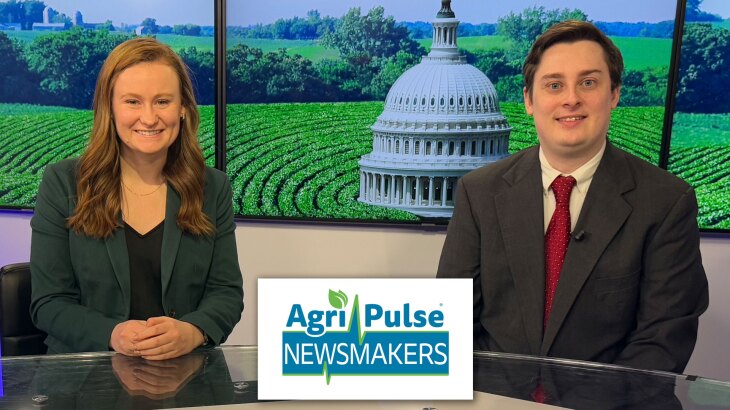Specialty crops often see specialty pricing, but it comes at a cost. More growers are now turning to robotics, and builders say there is a big need.
“There’s a lot more labor intensity and a lot more labor pressure there, and that’s ultimately why we started there, also, where precision is actually needed. So if you and I did a GPS-based tractor on cornfields and we took out, you know, 100 corn stock, it would be a bummer. But if we did something where we took out one citrus tree, it would be a bigger bummer. So these are much more valuable types of crops, and you have to be a lot more careful around them. It really hasn’t been until recently that technology has advanced to the point where we can do these kinds of things in this very, very tight spacing, very precious crops around us as we’re navigating through and doing those pre and post-harvest work,” said Tim Bucher.
Precision ag technology has boomed since the early 2000s. Back then, adoption rates of systems like autosteer were in the single digits, and those same systems are now on 52 percent of all midsized farms. Operators say they chose their precision ag systems to increase yields, save time on labor, and reduce input costs.









